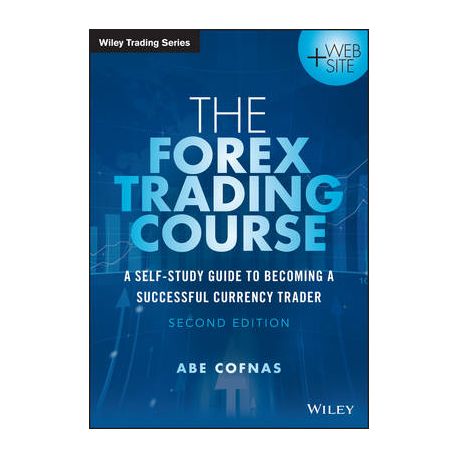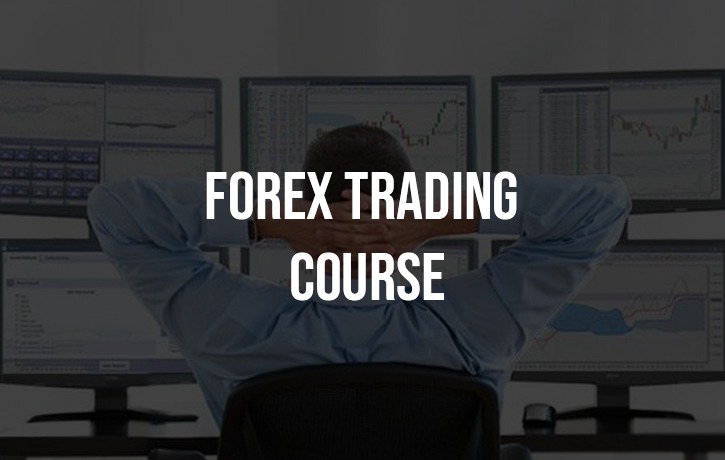Currency Exchange Explained: Key Concepts and Techniques for Aspiring Traders
Currency exchange, a keystone of worldwide economic markets, involves the complex interaction of currency sets, where the base currency is gauged against a quote money. To properly capitalize on market activities, one need to also understand the subtle art of analyzing market trends and view indicators-- a skill that differentiates successful investors.

Recognizing Currency Pairs
In the world of fx, recognizing currency sets is basic to navigating the market properly. Currency pairs are the core instruments sold the forex market, standing for the family member value of one money against an additional. Each pair contains a 'base currency' and a 'quote money.' The base currency is the initial money provided in both, while the quote money is the second. For example, in the EUR/USD set, the euro (EUR) is the base currency, and the United States dollar (USD) is the quote currency.
The worth of a currency set is determined by just how much of the quote money is required to purchase one device of the base currency. This partnership is shared in the exchange price, which varies based upon different financial elements. Major money sets, such as EUR/USD, USD/JPY, and GBP/USD, are one of the most traded and are known for their liquidity and tighter spreads. Comprehending these sets permits traders to make educated decisions, assess market fads, and execute trades effectively. Mastery of money sets is crucial for any person looking to engage in forex trading, as it forms the basis for all trading techniques and run the risk of analyses.
Exactly How Exchange Rates Work
Exchange rates are vital components of the international economic system, straight influencing global trade and investment. They identify the relative worth of various currencies and are essential for transforming one money into another. Currency exchange rate can rise and fall due to numerous factors, including rates of interest, rising cost of living, political stability, and financial efficiency. Understanding how these prices work is vital for traders, as they influence the earnings of cross-border deals and investments.

There are mostly two kinds of exchange price systems: repaired and floating. In a fixed currency exchange rate system, a nation's money value is pegged to another major money or a basket of money. This system aims to supply stability and reduce currency exchange rate volatility. On the other hand, a drifting currency exchange rate system is determined by market pressures-- supply and demand characteristics in foreign exchange markets. Most major money today operate under a drifting currency exchange rate system, permitting for more versatility but raised volatility.
Furthermore, currency exchange rate can be estimated in 2 means: direct and indirect quotation. A straight quote shares the domestic currency in regards to an international currency, while check out this site an indirect quote does the opposite. Recognizing these principles is fundamental to navigating the intricate world of currency trading.
Important Trading Methods
Browsing the volatile waters of foreign exchange markets needs traders to utilize crucial trading techniques that improve their decision-making and danger monitoring. Amongst these, technological evaluation and fundamental analysis are foundational. Technical analysis includes reviewing historic rate information and graph patterns to anticipate future movements, while essential analysis examines economic signs, information occasions, and geopolitical elements affecting money worths. Mastery of these evaluations allows traders to identify potential access and leave factors.
Another essential approach is fad following, which profits from the energy of monetary markets. By recognizing and riding existing fads, investors can maximize profit capacity. Using relocating standards and fad lines help in validating market directions. Conversely, array trading, appropriate for stable markets, entails determining price levels of assistance and resistance, enabling traders to acquire at lows and offer at highs.
In addition, using a disciplined strategy through the usage of stop-loss orders is crucial. These orders immediately close placements at predetermined levels, reducing possible losses. Position sizing, determining the total up to trade based on account size and threat tolerance, additional assistances strategic implementation. By incorporating these techniques, investors can browse forex markets with boosted effectiveness and confidence.
Danger Monitoring Strategies
Effective trading in the foreign exchange market not just counts on robust strategies but additionally on a thorough understanding of threat administration techniques. This protective action allows investors to minimize danger without needing consistent market surveillance.
One more vital aspect is placement sizing, establishing just how much funding to assign to a solitary profession. By calculating the optimum setting size based upon account size and risk tolerance, investors can stop extreme direct exposure to any type of single profession, shielding their portfolios from significant slumps. Diversification better improves risk administration by spreading financial investments across numerous currency sets, decreasing the influence of unfavorable activities in any type of one money.
Leverage, while supplying the potential for enhanced returns, need to be handled wisely. Excessive utilize can result in significant losses, so it is essential for traders to utilize utilize deliberately and align it with their danger cravings. Consistently examining and adjusting threat management methods based on evolving market conditions guarantees that traders stay adaptable and resistant despite market volatility.
Analyzing Market Trends
Understanding market trends is my review here important for successful money trading, as it enables investors to make educated choices based upon prevailing economic problems and market belief. Examining market fads entails examining historic price motions and current economic indicators to anticipate future cost action. This evaluation can be classified right into 2 major strategies: basic evaluation and technological evaluation.

On the other hand, technical evaluation entails examining cost charts and patterns to recognize fads and prospective turnarounds. Investors use numerous tools, such as relocating standards and pattern lines, to find signals and make forecasts. Acknowledging patterns like head-and-shoulders or double tops can show prospective market shifts, supplying important understandings into future rate motions.
Moreover, recognizing market sentiment is essential in pattern evaluation. Belief indications, such as the Commitment of Investors (COT) record, assistance investors evaluate the marketplace's mood, enabling them to straighten their approaches with the wider agreement. Together, these methods equip traders with the understandings required to navigate the vibrant money markets efficiently.
Verdict
Grasping money exchange calls for a thorough understanding of money pairs, exchange rate dynamics, and the implementation of important trading methods. Examining market patterns and using belief signs can additionally boost decision-making and success in the unpredictable money market.